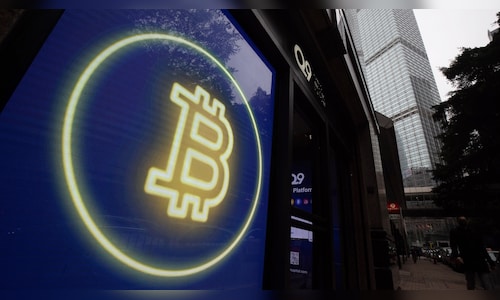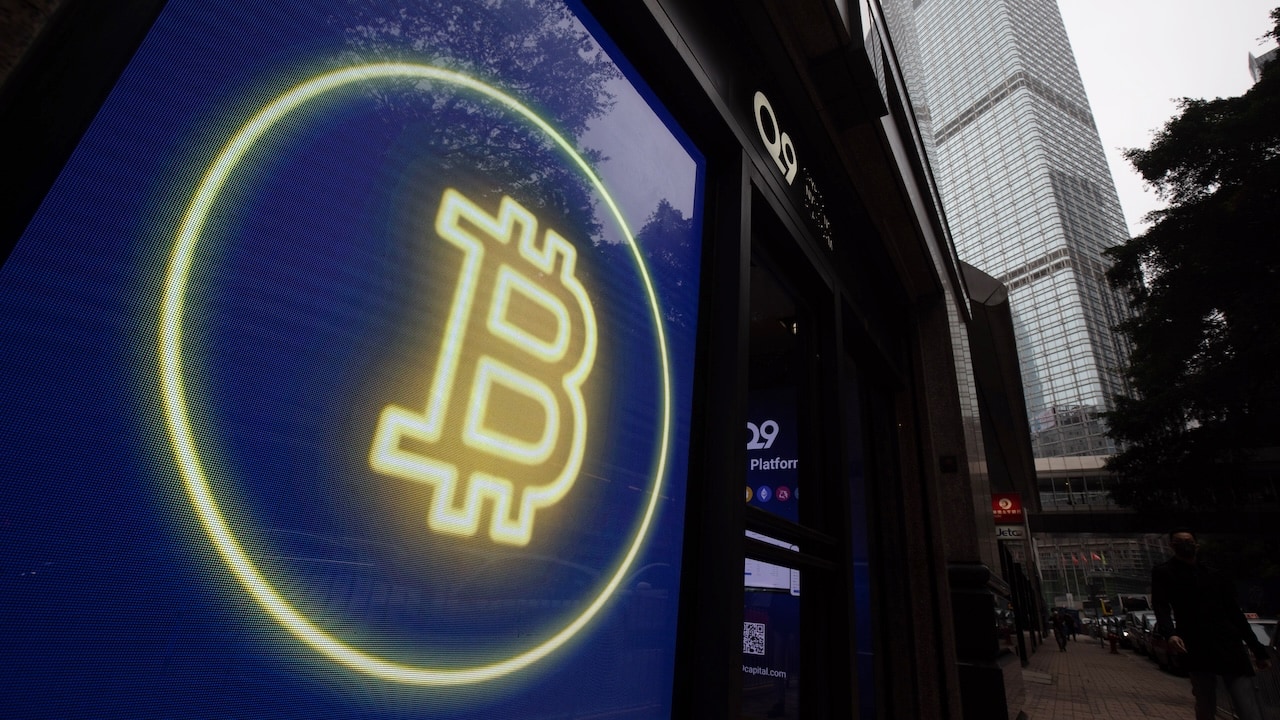

In the dark world where advanced tech meets money, one name stands out as both famous and mysterious: Satoshi Nakamoto. The supposed creator of Bitcoin, the world’s first decentralised digital currency, Nakamoto’s real identity is still one of the biggest puzzles of our time. Let’s explore the fascinating story behind Bitcoin’s founder and the ongoing search to uncover the person (or people) behind this game-changing idea.
| Company | Value | Change | %Change |
|---|
The Birth of a Revolution
Imagine this scenario: It’s 2008, and the world’s financial system is in chaos. Banks are collapsing, governments are rushing to respond, and people’s faith in traditional financial institutions has hit rock bottom. Then, out of nowhere, a mysterious person using the moniker Satoshi Nakamoto drops a game-changer. It’s a white paper called Bitcoin: A Peer-to-Peer Electronic Cash System.
This wasn’t just another school project. Nakamoto’s paper outlined a plan for a digital money system that could work without banks or governments in the middle. It was a bold concept rooted in the ‘cypherpunk’ movement and earlier attempts at digital currency but with a clever fix to the double-spending issue that had caused problems for previous tries.
On January 3, 2009, the Bitcoin network came to life when miners created the genesis block. This first block contained a mysterious message: “The Times 03/Jan/2009 Chancellor on brink of second bailout for banks.” The timestamp served two purposes: it proved when the block was made and pointed to Bitcoin’s reason for existing—a new way to handle money without big banks in charge.
The Nakamoto Persona
For the next two years, Satoshi Nakamoto played an active role in the nascent Bitcoin community. They talked with early users, fixed bugs in the software, and steered the project’s growth. But here’s the twist: nobody knew Nakamoto’s true identity. The name was fake, and even though Nakamoto chatted with others online, they never shared any personal info.
What we know about Nakamoto is little:
- They said they were a 37-year-old man living in Japan.
- Their writing in English hinted at a native speaker sometimes using British spelling.
- They were online during UK daylight hours.
- Their code was well-organised and showed they knew their way around C++.
But apart from these bits of information, Nakamoto remained a mystery. Then, in December 2010, they disappeared. Nakamoto gave Gavin Andresen control of the Bitcoin source code repository and left the scene, with their last known message coming in April 2011.
Also read: Bitcoin hits sweet 16: The rollercoaster ride from zero to $100K
The Big Guessing Game
Nakamoto’s exit added fuel to the fire of guesswork. Who was this enigmatic person(s) who had started a financial revolution and then vanished without a trace? The search began, and as time passed, many theories and possible names came up. Let’s check out some of the most interesting ones:
Hal Finney: He was among the first to work on Bitcoin and participated in the first-ever Bitcoin transaction. Finney knew a lot about cryptography and lived near Dorian Nakamoto (we’ll talk about him later). Some people think Finney could have been Nakamoto or part of a team using that name.
Nick Szabo: He’s a computer whiz and cryptography expert who came up with “bit gold,” a precursor to Bitcoin. When people looked at how Nakamoto wrote, they saw it matched Szabo’s style in some ways.
Dorian Nakamoto: In 2014, Newsweek
said it discovered “the face behind Bitcoin”—Dorian Prentice Satoshi Nakamoto, a Japanese-American engineer who lived in California. Dorian denied this claim. This led to a media circus and raised questions about how ethical journalists were in their search for Nakamoto’s identity.
Craig Wright: The most debated claim came from Craig Wright, an Australian computer scientist. In 2016, he claimed he was Satoshi Nakamoto. Many people doubt Wright’s claims, and he has yet to give solid proof that he is Nakamoto.
A Government Agency: People have guessed that Bitcoin might be the brainchild of a government agency like the NSA (USA’s National Security Agency) or a group of intelligence agencies working together. This idea may sound like something from a spy novel, but it shows how complex and well-designed Bitcoin is.
The Wright Stuff: A Controversy Erupts
The Craig Wright story deserves special attention, as it is one of the most disputed episodes in the hunt for Satoshi. In May 2016, Wright publicly claimed to be Nakamoto and promised to show proof. However, when the time came to present this proof, Wright backed out, causing an uproar in the cryptocurrency community.
Despite the lack of solid proof, Wright keeps saying he’s Nakamoto. He’s even sued people who don’t believe him. This fight has caused big arguments in the crypto world and even split the Bitcoin blockchain, creating Bitcoin SV (Satoshi’s Vision).
The Silk Road Connection
You can’t talk about Bitcoin’s early days without mentioning the Silk Road, the notorious dark web market where Bitcoin found one of its first uses. While Nakamoto didn’t mean for Bitcoin to be linked to illegal stuff, the Silk Road story brought cryptocurrency to public attention, though not in a good way.
The FBI’s shutdown of Silk Road in 2013 sparked more guesses about who Nakamoto was. Some people thought the Bitcoin creator might have links to the dark web. Others saw how Bitcoin stayed strong during this scandal as proof of Nakamoto’s dream of a currency no one controls.
How It Changed the Crypto World
The secret of who Satoshi Nakamoto is has changed the crypto world a lot. Here’s how:
- Decentralisation Ethos: Nakamoto’s anonymity strengthens Bitcoin’s decentralised character. No single person exists to be targeted by authorities or influenced by external interests.
- Innovation Inspiration: The Nakamoto puzzle has motivated many developers and business owners to create in crypto. Each hopes to invent the next groundbreaking blockchain technology.
- Market Volatility: Gossip about Nakamoto’s identity or the movement of early Bitcoin wallets linked to them triggered swings in the markets.
- Philosophical Debates: The hunt for Nakamoto has sparked a discourse on identity, trust, and power in the digital era.
The Ongoing Mystery
With Bitcoin’s 16th birthday upon us, we still don’t know who created it. But maybe that’s okay. After all, isn’t Bitcoin great because it works without needing any one person or group?
The mystery of Nakamoto has grown into a modern myth, like searching for King Arthur or figuring out who Shakespeare was. It grabs our attention and shows us how ideas can change everything, no matter where they come from.
In Photos | Bitcoin’s 2025 Outlook: Rising demand, scarcity, and political influence



